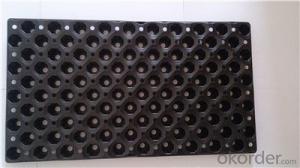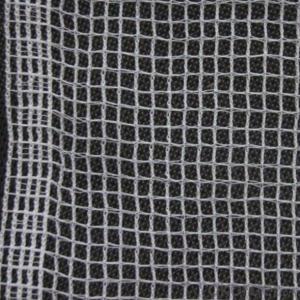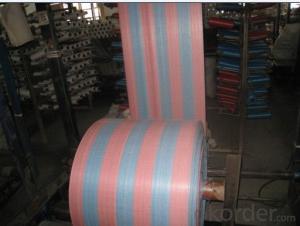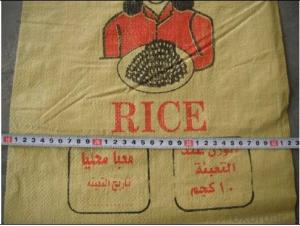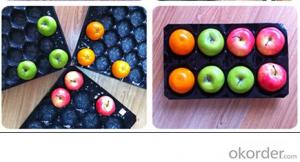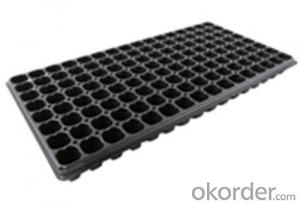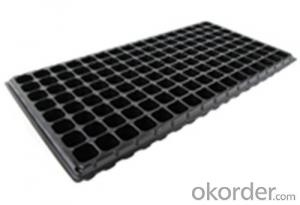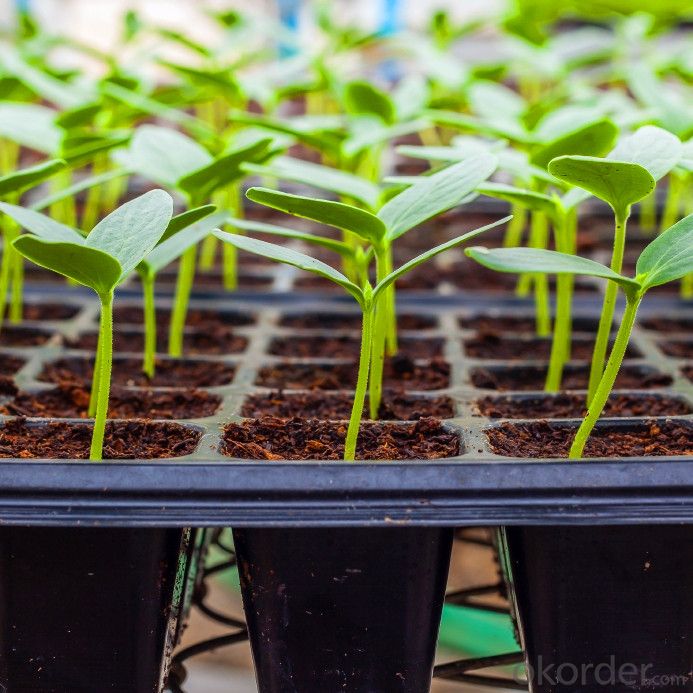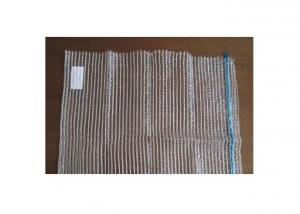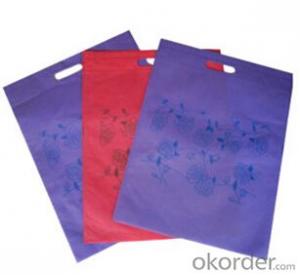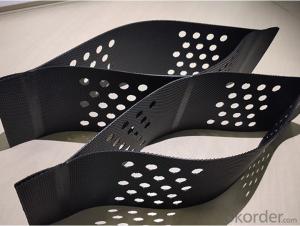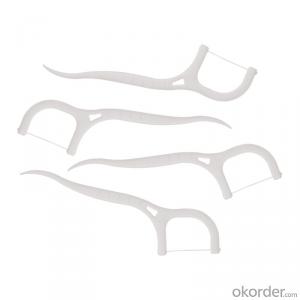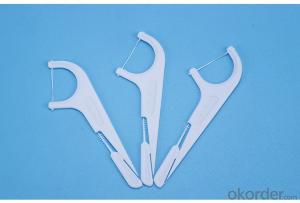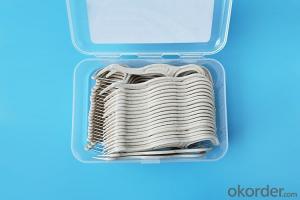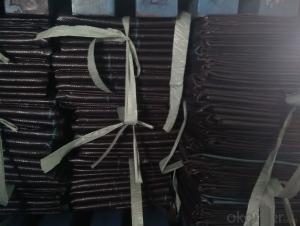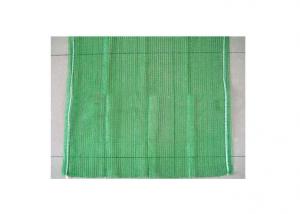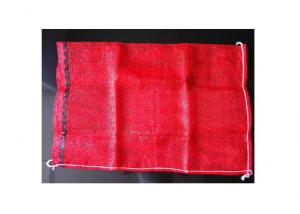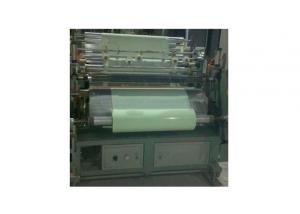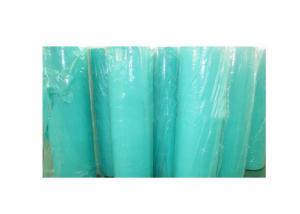HIPS Seed Tray Plastic Tray High Quality
- Loading Port:
- China main port
- Payment Terms:
- TT OR LC
- Min Order Qty:
- 1000 pc
- Supply Capability:
- 10000000 pc/month
OKorder Service Pledge
OKorder Financial Service
You Might Also Like
Structure of the seed tray: · Top quality and competitive price. · Variety design and good appearance. · Easy to use, and remove. · Durable and reusable. · Eco-Friendly.
Advantages: · Top quality and competitive price. · Variety design and good appearance. · Easy to use, and remove. · Durable and reusable. · Eco-Friendly.
Application: · Ideal for Starting seeds and Transplanting Seedling. · Suitable for both manual and automatic planting. · Suitable for Propagating Vegetables, Flowers and other plant from seed · in green-house or indoors.
Description Main Features of the seed tray: · Ideal for Starting seeds and Transplanting Seedling. · Suitable for both manual and automatic planting. · Suitable for Propagating Vegetables, Flowers and other plant from seed in green-house or indoors. Using time: · thickness of 0.5mm can be used 1 to 2 times. · thickness of 0.6mm can be used 3 to 4 times. · thickness of 0.7mm can be used 5 to 6 times. · thickness of 0.8mm can be used 7 to 8 times. · thickness of 0.9mm can be used 8 to 9 times. · thickness of 1.0mm can be used 8 to 10 times. Thickness vs. Weight: · Thickness of trays are from 0.5mm to 1.0mm. · 1.0mm: 155g±5g; 100pcs/ctn. · 0.9mm: 140g±5g; 120pcs/ctn. · 0.7mm: 110g±5g; 150pcs/ctn. · 0.6mm: 95g±5g; 180pcs/ctn. · 0.5mm: 80g±5g; 200pcs/ctn.
Seed Tray Specification: Materialps/pvcThickness0.5mm-1.5mm, standard:1mmWeight80g(±5)g-230g(±5)g, Standard weight:155g(±5)gSizelength:490mm-540mm, width:190mm-345mm,depth:25mm-150mm Standard:54mmX28mmCell count18-512Packagein cartonUsing time8-10 times
FAQ: Q:How Can I Get A Sample? A:You can get samples by communicate with our export sales. Q:How Long Is Delivery? A:Delivery time will be 7-25 days according to order quantity. Q:What Is The MOQ? A:Our MOQ is 1*20FT container quantity, allow to mix several items. Q:What Is Our Normal Payments Terms? A:Our normal payment terms now is T/T, L/C or Western Union,Papal. Q:How Do I Order Your Products? A:You can check our website for any items you interest and you can also get communication with our export sales and order for it accordingly. Q:What Kinds Of Material We Use In Our Product? A:Our plastic flower pots use material such as PP polymer or PE polymer.
|
- Q:What is the recommended spacing between plants in a nursery tray?
- The recommended spacing between plants in a nursery tray typically depends on the specific type of plants being grown. However, a general guideline is to provide enough space for each plant to have room to grow and develop without overcrowding or competing for resources. This usually ranges from 1 to 4 inches between plants, allowing for proper air circulation and preventing the spread of diseases. It is essential to consider the mature size of the plants and their growth habits to determine the appropriate spacing for optimal growth and health.
- Q:Given that my curbside program (or the grocery store) accepts clean, dry, plastic bags for recycling; can i still recycle unmarked bags? Say, bread bags, bagel bags, ziploc bags, bags that come with magazines, etc.
- Just make sure you exclude any plastic bags that are dark in color or bags that have handles or drawstrings. Plastic food packaging and plastic food wrap (Saran wrap) are also non-recyclable. :( And you have to clean and dry bags thoroughly before recycling, making sure they are empty of any debris. This is important, since foreign objects will contaminate the plastic as it is being recycled.
- Q:Can nursery trays be used for aeroponics?
- Yes, nursery trays can be used for aeroponics. Aeroponics is a method of growing plants without soil, where the roots are suspended in an environment filled with nutrient-rich mist. Nursery trays provide a suitable platform for supporting the plants and their root systems in an aeroponic setup.
- Q:What are the advantages of using plastic compost bins for organic waste management?
- Plastic compost bins offer several advantages for organic waste management. Firstly, they are lightweight and easy to move around, allowing for convenient placement in your garden or backyard. Additionally, plastic bins are durable and resistant to weather conditions, ensuring they can withstand exposure to sun, rain, and temperature fluctuations. Plastic compost bins also provide insulation, helping to maintain optimal conditions for decomposition and speeding up the composting process. Finally, plastic bins are non-porous, preventing leakage and odors, while also keeping pests and rodents away from the organic waste.
- Q:What are the best ground cover plants for erosion control?
- Some of the best ground cover plants for erosion control include creeping juniper, pachysandra, creeping phlox, and English ivy. These plants have dense root systems that help stabilize soil, prevent erosion, and create a protective layer on the ground. Additionally, they are low-maintenance and can thrive in various soil and climate conditions.
- Q:How do you prevent ground cover plants from becoming invasive in natural areas?
- One way to prevent ground cover plants from becoming invasive in natural areas is by carefully selecting and planting native species that are well-adapted to the local environment. Native plants are more likely to thrive without becoming invasive and outcompeting other native species. Additionally, regular monitoring and maintenance should be conducted to control the spread of ground cover plants. This may include trimming or removing plants that show signs of spreading aggressively or crowding out other plants. Overall, a proactive approach that focuses on native species selection and regular management is key to preventing invasive ground cover plants in natural areas.
- Q:Are nursery trays suitable for starting a fruit orchard?
- No, nursery trays are not suitable for starting a fruit orchard. Fruit trees require proper spacing and root development, which cannot be achieved in nursery trays. It is best to plant fruit trees directly in the ground to ensure healthy growth and long-term success.
- Q:Can nursery trays be used for growing bonsai seedlings?
- Yes, nursery trays can be used for growing bonsai seedlings. However, it is important to ensure that the trays have proper drainage holes to prevent waterlogging and promote healthy root growth. Additionally, it is recommended to transplant the bonsai seedlings into individual pots once they have developed a strong root system.
- Q:Can ground cover plants be used to create a natural barrier or border?
- Yes, ground cover plants can be effectively used to create a natural barrier or border. Ground cover plants grow low to the ground and spread quickly, forming a dense and often impenetrable cover. Their thick foliage helps to prevent erosion, inhibit weed growth, and provide a physical barrier. Additionally, ground cover plants can enhance the aesthetic appeal of a space while serving as a cost-effective and environmentally friendly alternative to traditional barriers or borders.
- Q:if not why does it burn and smell like a plastic when burnt...
- I am not sure.I've heard it too,my friends have tried burning it.Itseems it melts so maybe it does contain plastic.
1. Manufacturer Overview |
|
|---|---|
| Location | |
| Year Established | |
| Annual Output Value | |
| Main Markets | |
| Company Certifications | |
2. Manufacturer Certificates |
|
|---|---|
| a) Certification Name | |
| Range | |
| Reference | |
| Validity Period | |
3. Manufacturer Capability |
|
|---|---|
| a)Trade Capacity | |
| Nearest Port | |
| Export Percentage | |
| No.of Employees in Trade Department | |
| Language Spoken: | |
| b)Factory Information | |
| Factory Size: | |
| No. of Production Lines | |
| Contract Manufacturing | |
| Product Price Range | |
Send your message to us
HIPS Seed Tray Plastic Tray High Quality
- Loading Port:
- China main port
- Payment Terms:
- TT OR LC
- Min Order Qty:
- 1000 pc
- Supply Capability:
- 10000000 pc/month
OKorder Service Pledge
OKorder Financial Service
Similar products
New products
Hot products
Related keywords

